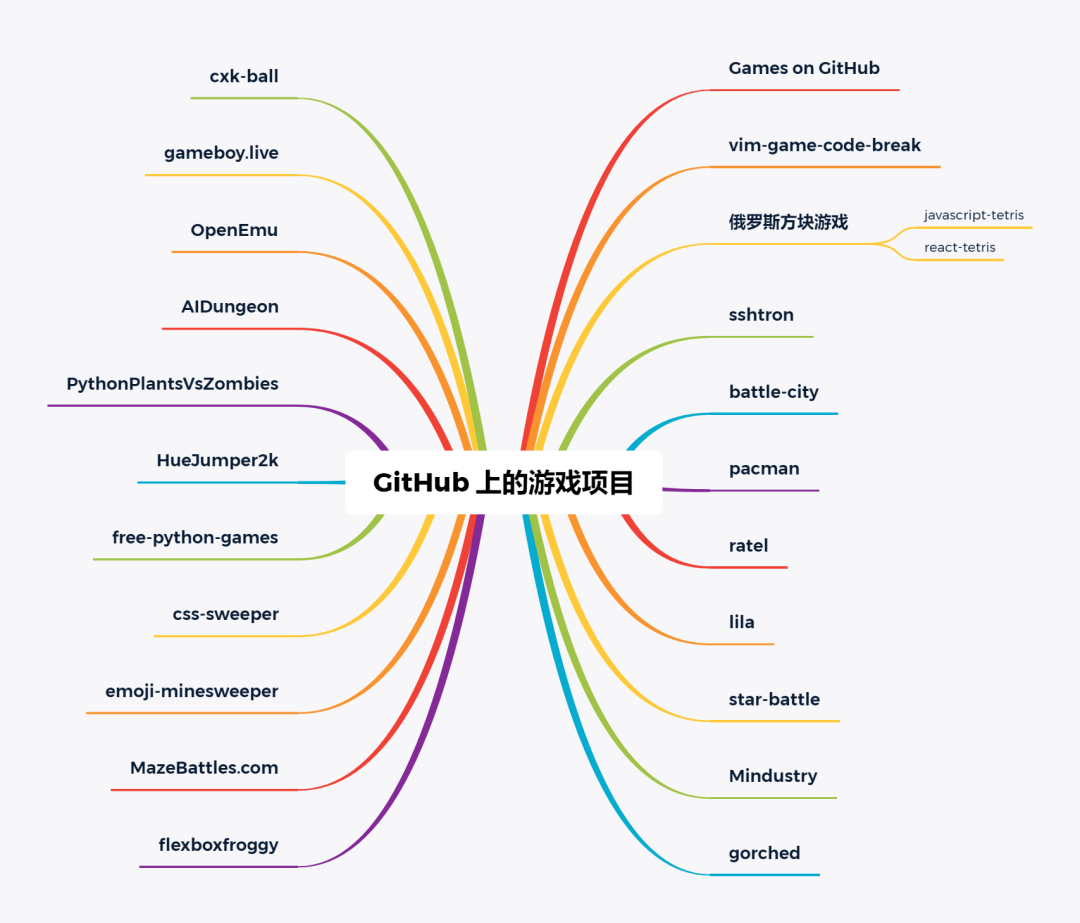Nearly all of the Ninject examples I've seen explain how to use it with ASP.NET MVC, which will automatically inject dependencies into controllers. How would I use Ninject manually though? Let's say I have a custom ActionResult:
public class JsonResult : ActionResult
{
[Inject] public ISerializer Serializer { get; set; }
public JsonResult(object objectToSerialize)
{
// do something here
}
// more code that uses Serializer
}
Then in my controller, I'm using JsonResult in a method like this:
public ActionResult Get(int id)
{
var someObject = repo.GetObject(id);
return new JsonResult(someObject);
}
As you can see, I'm instantiating the object myself, which sidesteps Ninject's injection, and Serializer will be null. However, doing it the following way doesn't seem quite right to me:
public ActionResult Get(int id)
{
var someObject = repo.GetObject(id);
return IoC.Kernel.Get<JsonResult>(someObject);
}
Because now there's not only a dependency on Ninject in the controller, but I also have to expose the Ninject kernel in a static class/singleton and ensure that objects that rely on injection are only created via kernel.
Is there a way to somehow configure Ninject to inject the dependency without relying on exposing the kernel? I'd like to be able to use the new keyword if at all possible.

